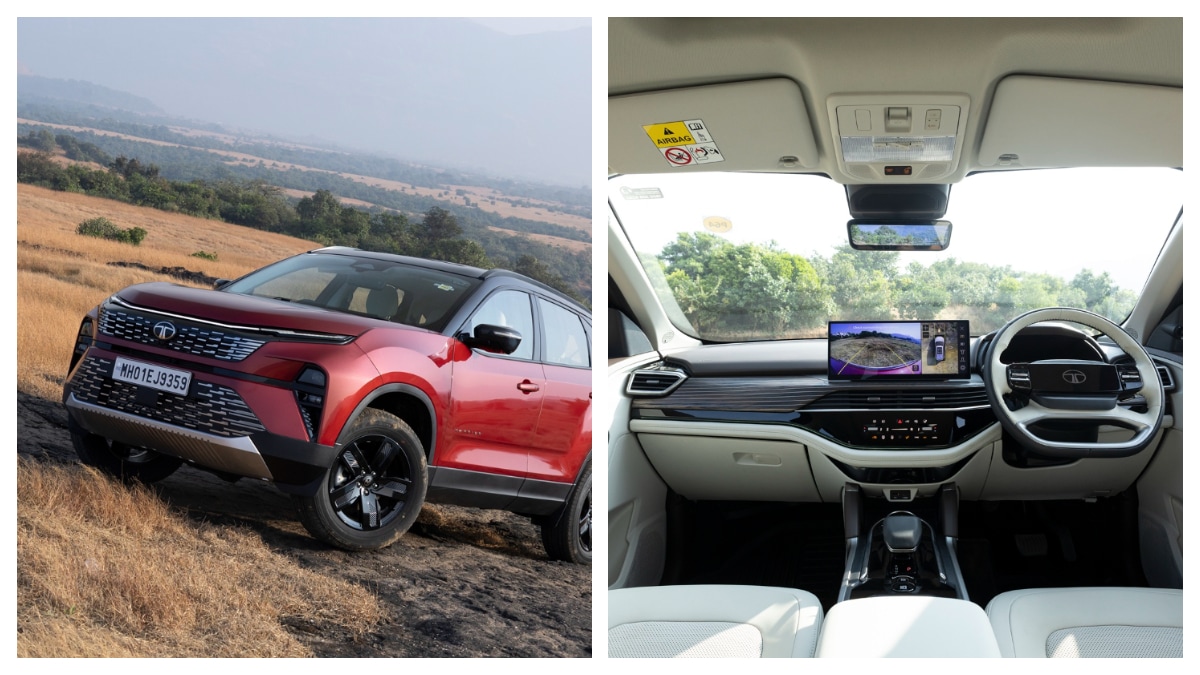Indian cuisine has dazzled Michelin inspectors across the globe. Indian chefs – from Vikas Khanna to Garima Arora, routinely earn stars for reimagining their heritage on gilded plates abroad and their culinary creativity is rightly rewarded with global acclaim. And yet, back home, there’s a striking silence. Despite being one of the most diverse, historically rich, and gastronomically complex food cultures in the world, India itself remains absent from the Michelin Guide’s prestigious red book. While Indian restaurants are getting Michelin stars abroad, the question remains– why does a cuisine so celebrated abroad remain unrecognised within its own borders?
As India continues to shape global food narratives, its exclusion from the Michelin map raises uncomfortable questions about access, infrastructure, and the rapidly-evolving politics of taste. We spoke with Sid Mathur, Founder & Director, and Kula Naidu, Director of Secret Ingredient, a full-service consulting company for the restaurant, hospitality and food industry. Their specialisation in providing solutions for restaurants came in handy to get a deeper insight and more accurate understanding of why Michelin recognises Indian food abroad, but ignores its homeland.
Why does Michelin not recognise India?
As Secret Ingredient rightly pointed out, the demand for fine dining in India is still niche. We’re a nation of home-cooked meals, celebratory feasts and soul food that don’t always come with fancy cutlery or imported serve ware. That doesn’t mean we don’t take food seriously—it means we do it differently. Food here is ritual, family, chaos, joy, nostalgia. It’s not always white tablecloths and wine pairings.
And that’s part of the problem with Michelin.
I asked, is the lack of Michelin recognition in India due to logistical challenges, or does it reflect a deeper cultural or institutional bias?
“The Michelin star is only based on the Michelin guide – a guide on places and restaurants. The guide itself does not exist in India. The first step would be for the guide to come to India, and when it does, there will be logistical problems due to the sheer diversity within the Indian palette and geography, every state is a whole new country and has different tastes,” they said.
“There are many countries that also dont have any Michelin stars. Australia, for example, has a buzzing food scene and is doing the rounds as well, yet they don’t have Michelin stars, they have AGFG Hats. So no, it doesn’t reflect a deeper bias but more about in infrastructural elements of the guide,” they added.
Which brought me to my next question – How much do infrastructure, service standards, and consistency in fine dining influence Michelin’s decisions about where to operate?
“There are aspects that do influence the guide. Everything down from the approach, to the cutlery used, the menu consistency, and the caliber of the chefs. These things become very important,” Secret Ingredient remarked.
“Michelin is modern fine dining, and there are a multitude of restaurants in India that can apply and possibly get Michelin stars as well. Le Gavroche or Marco Pierre White, he wants to go down one star, why? Because he felt limited and closed off due to the quality restrictions on things like cutlery and glassware, and he felt like it took away from the food,” they added.
But if Michelin indeed comes to India, the challenges would be far more. The founders’ take on this is interesting.
“Even if Michelin did come to India, it would be walking into the world’s most complex culinary landscape. Every Indian state is basically its own country with its own cuisine. How do you compare a butter-laced Amritsari Kulcha with a fermented jackfruit dish from the North East? Or a Chettinad Pepper Crab with a Kashmiri Mutton Yakhni? This isn’t one food scene—it’s a hundred. Trying to judge it with a single rulebook feels not just difficult, but maybe even reductive.”
“To make it work, Michelin would need to rethink how it enters India. It can’t drop in with a one-size-fits-all approach. A smarter move? Start small. Focus on metro cities. Or treat states like mini-markets. Break the puzzle into pieces before trying to solve it all at once.”
Despite all this, Indian chefs aren’t sulking. If anything, they’re thriving. The World’s 50 Best Restaurants and Asia’s 50 Best Restaurants lists have done what Michelin hasn’t: recognised the incredible creativity coming out of India’s kitchens. Whether it’s Masque in Mumbai, Indian Accent in Delhi or Avartana in Chennai, India is claiming its space on the global culinary map. These rankings, often more democratic in approach, are highlighting what truly matters – flavour, story, context, and courage.
So is Michelin the dream?
Maybe. But it’s not the only benchmark that matters. In fact, its absence hasn’t stopped the evolution—it’s probably made it more authentic. Chefs aren’t cooking for stars, they’re cooking for something bigger: identity, innovation and impact.







